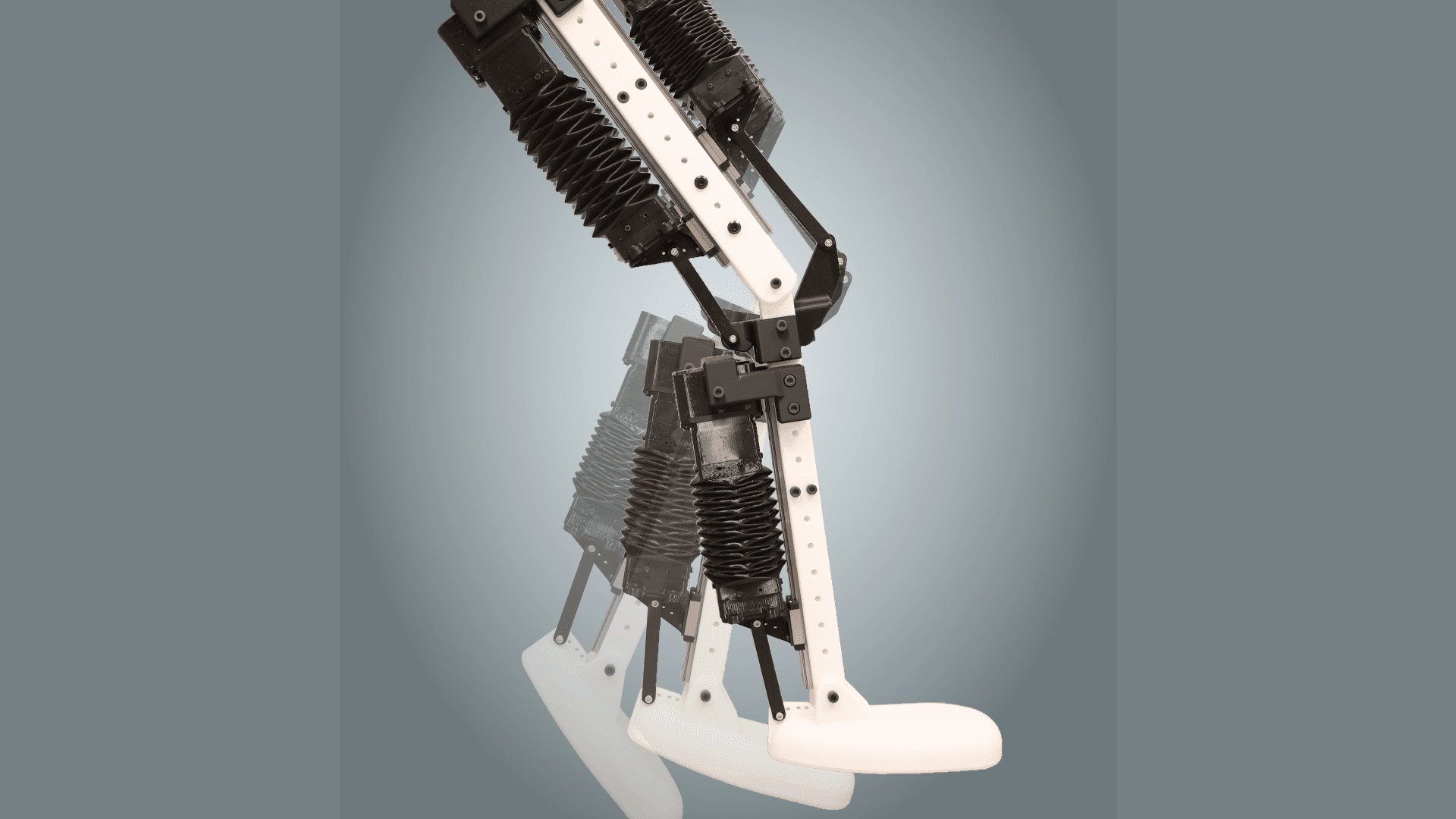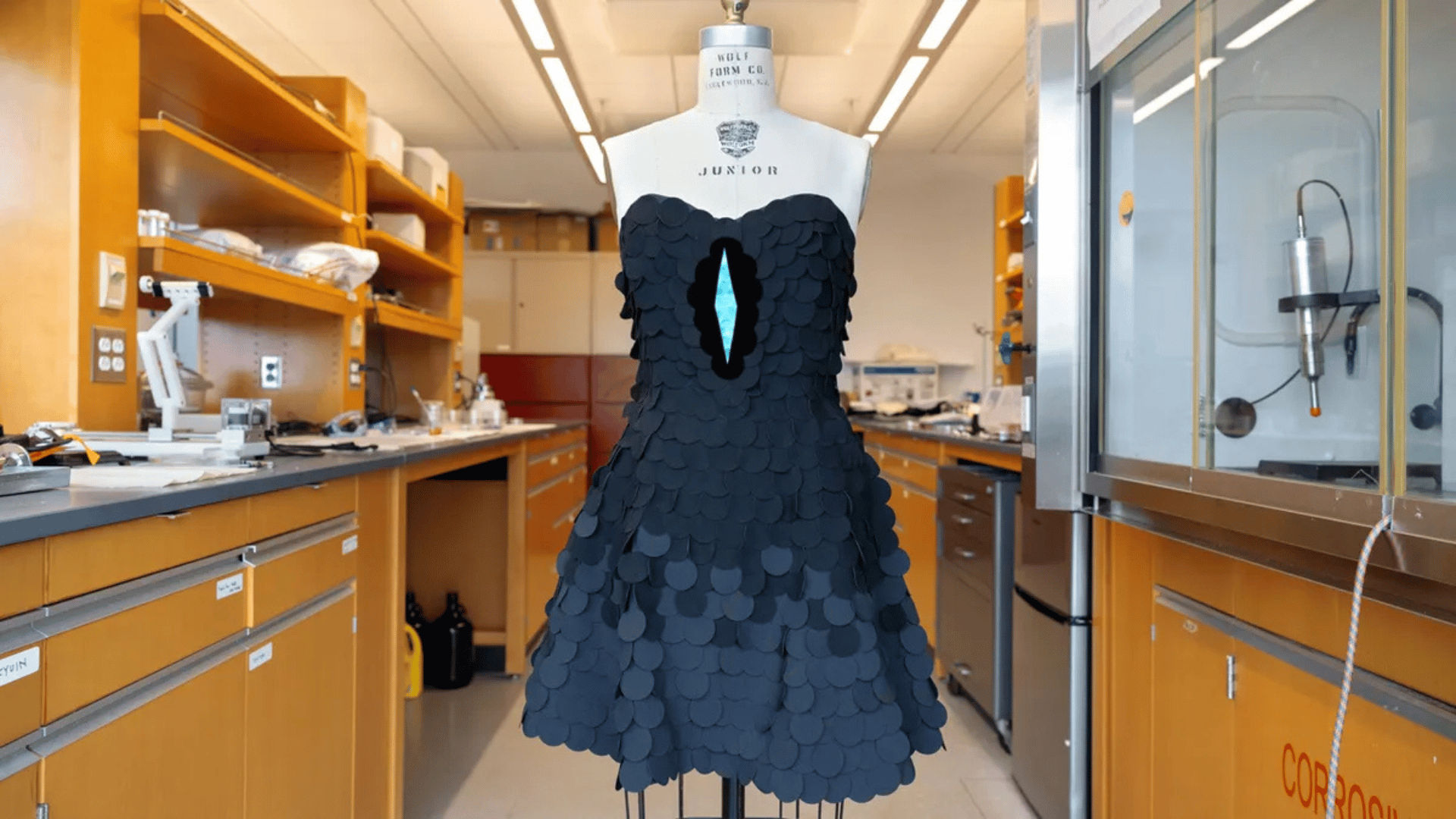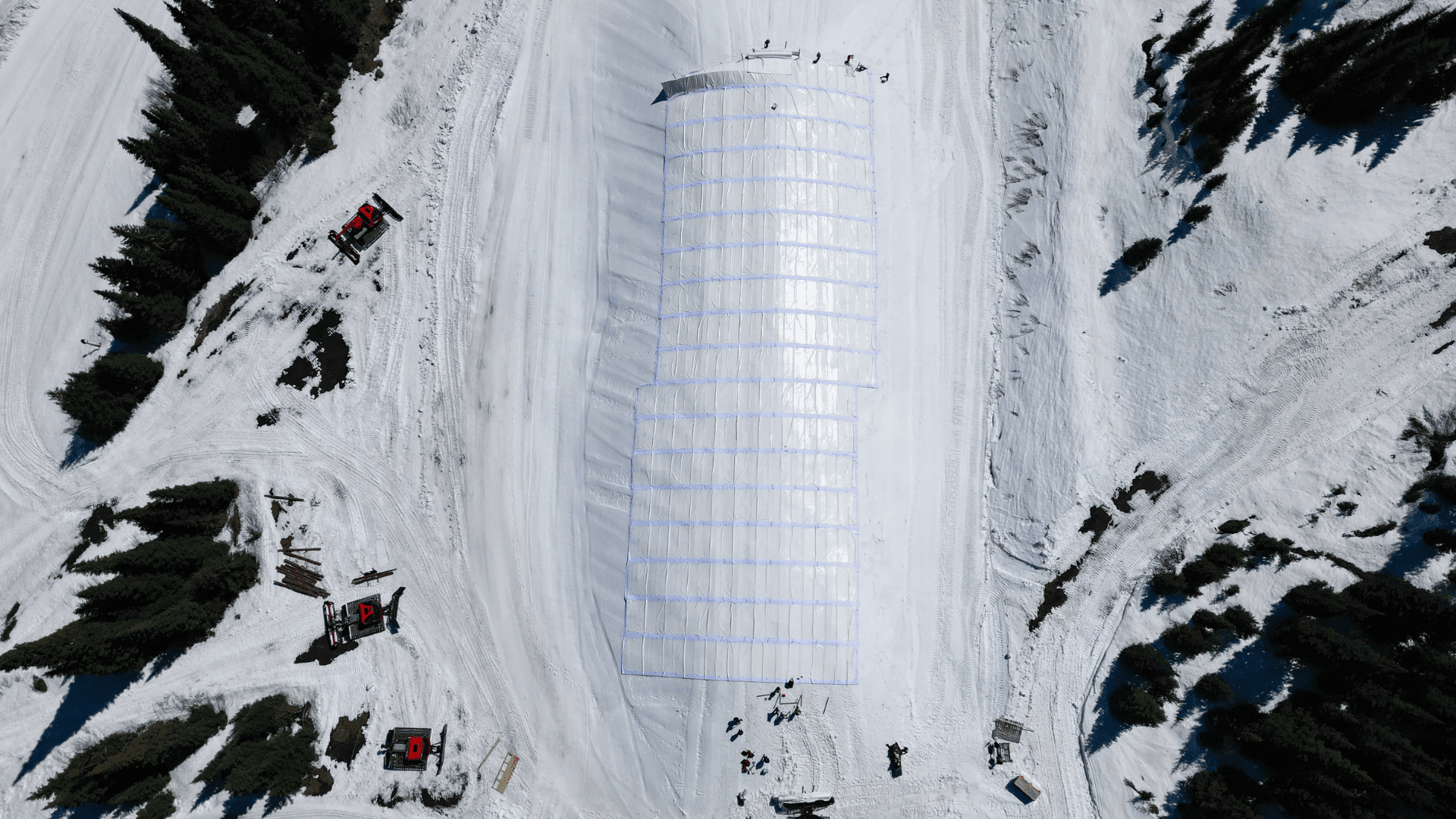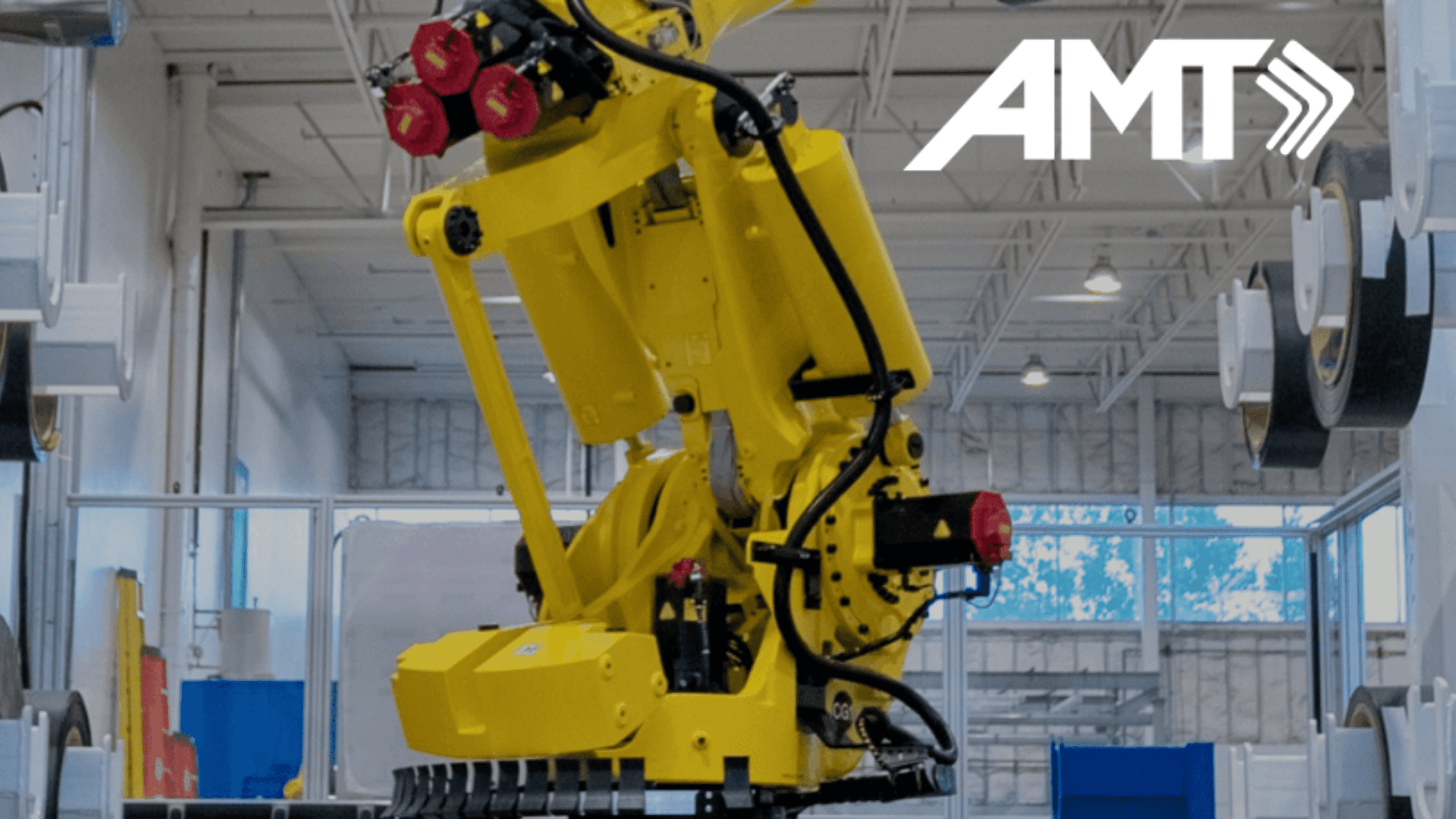Future robots could one day have “muscles” to enhance mobility and operation. Northwestern University researchers say their breakthrough soft artificial muscles could create more adaptable and resilient robots. The technology addresses challenges in creating various robots with muscle-like performance rather than a rigid build.
Artificial Muscle For Practical Robots

Traditional robots built with rigid materials are limited in their ability to adapt to constantly changing complex environments and safely interact with humans. Current soft mechanical controllers often require heavy external equipment, lack durability, or can’t generate enough force for practical applications.
“It’s difficult to make robots without physical compliance smoothly respond or adapt to external changes and safely interact with humans,” said Taekyoung Kim, the study’s first author.
A team of scientists led by Ryan Truby developed an artificial muscle based on a 3D-printed cylindrical structure called a “handed shearing auxetic” (HSA). This helped them overcome the previously mentioned hurdles. The HSA is made from an inexpensive rubber, they say, and is encased in rubber bellows. In addition, the design allows a small motor to drive muscle extension and contraction with impressive strength. Researchers say it’s a lot like human muscle.
According to the researchers, each artificial muscle is lightweight, similar in weight to a soccer ball. It’s incredibly small, about the size of a soda can, but it can lift objects 17 times its own weight.
Engineers demonstrated three artificial muscles—a quad, a hamstring, and a calf—in a humanoid robot’s leg. The robotic leg had rigid plastic “bones” and elastic “tendons” to replicate a biological musculoskeletal system. Additionally, they added a flexible, 3D-printed sensor to enable the robot to “feel” muscle movements. Then, the team demonstrated the resulting leg by kicking a volleyball.
“Our goal is to build bioinspired robotic bodies that can be flexible, adaptable and embrace the uncertainty of the physical world,” Truby concluded.







